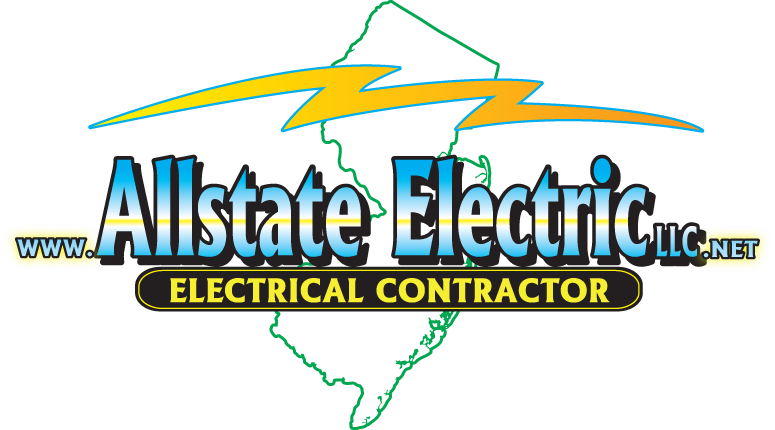Understanding Outlets
What's to understand?
You push the plug into the hole in the wall, your appliance turns on....simple!
Right?
But as anyone who has ever plugged a window box air conditioner or a vacuum cleaner into an outlet, only to have the circuit breaker trip and the house go dark knows....all outlets are not created equal.
If you aren't familiar with the way that electricity comes into or moves around your home, read my article Understanding Circuits which will help you to understand the basics of your home's electric system.
Most homes have several different types of outlets that are specifically designed to meet specific needs.
Standard Outlet - Most outlets in your living rooms and bedrooms are "standard" outlets, also called "15 or 20 amp duplex recepticals. These outlets are designed to provide power to small appliances, TV, phone charger, lamps, etc. and are on a circuit branch that typically includes all of the similar outlets in a room or area of the house.
Older standard outlets may have just two prong receptacles, but most homes are now equipped with outlets that have three "holes;" two vertical prog receptacles and one horseshoe shaped grounding receptacle.
Ground Fault Service Interrupter or GFSI Outlet - Most states have building codes that require outlets in areas likely to get wet (bathrooms, around the kitchen sink, outdoors, etc) to have built in circuit breakers that will shut off power to that specific outlet without tripping the circuit for the entire circuit branch.
You can easily identify a GFSI outlet by the buttons on the outlet itself. One is a testing button and the other is a reset button.
Large Appliance or Dryer Outlet - This type of outlet is specifically designed for appliances that require greater power capacity. Dryers, electric stoves, power tools, and high BTU air conditioners often require 30 or 50 amp receptacles.
After 2000, receptacles are required to be four pronged configurations, but in many older homes, the 3 prong configuration can still be found. Most large appliances are sold without an electrical cord so that home owners can purchase the appropriate electrical cord for their outlet.
Large appliance outlets generally are not a part of a circuit branch that includes other outlets. Instead, they have a dedicated circuit breaker in the service panel.
Increasingly, window box air conditioners and vacuum cleaners are assigned their own circuit as well since these appliances often require a greater amount of energy to run.
So What Causes an Outlet to Blow? Well....it's not really the outlet that has been overloaded. Unless an outlet has a dedicated circuit, such as in the case of large appliances, most outlets will share a circuit branch. It isn't uncommon for all of the outlets and light fixtures in one bedroom or even one part of a house to share the same branch.
When a particular circuit branch is overloaded or required to provide more power then is safe to provide over the wiring system, the circuit breaker trips and shuts off power to the entire branch.
What is the solution? The solution depends on the frequency of the problem. If you are tripping the circuit when you add too many appliances, you can solve the problem by either turning off unnecessary appliances, connecting some of the appliances to other, less used circuit branches, or having an electrician re-route some of the outlets to new circuit branches.
In older homes, having an electrician update your outlets and map out the circuit branches can help you avoid blowouts and wire melts that can occur from frequent overloads.

